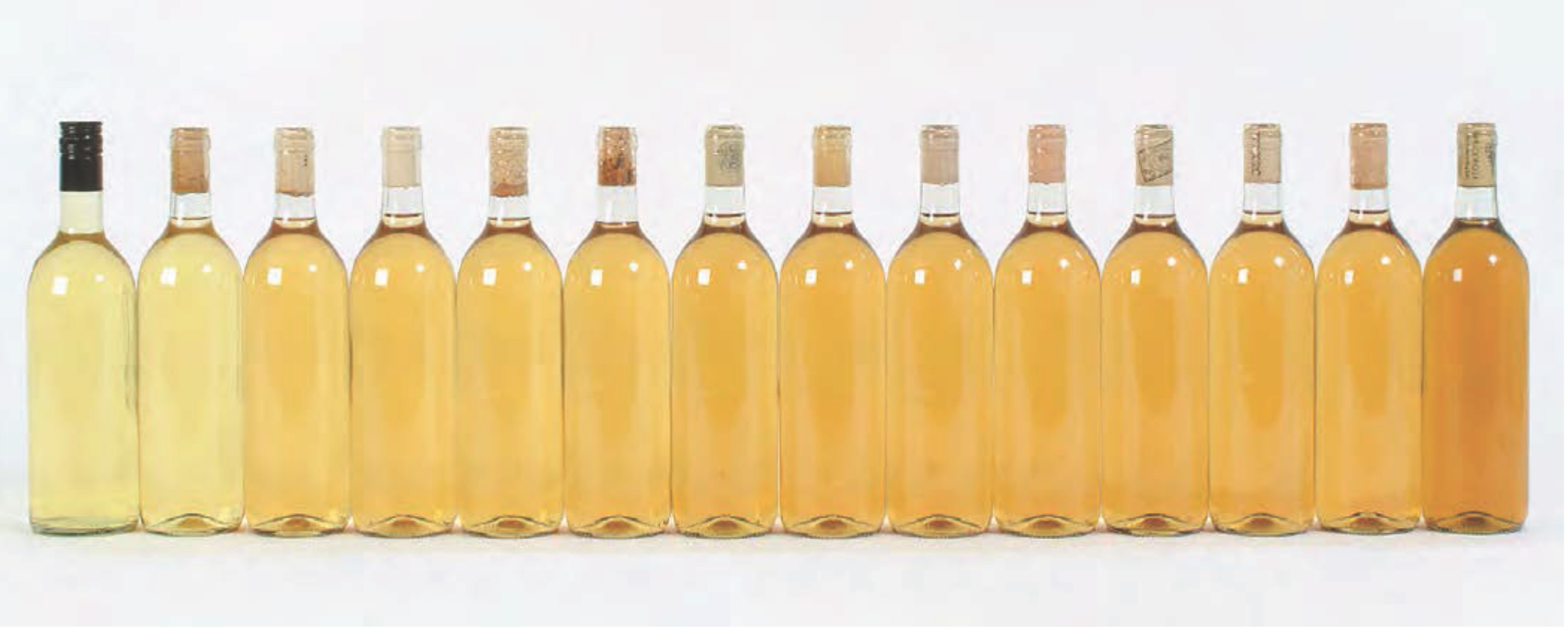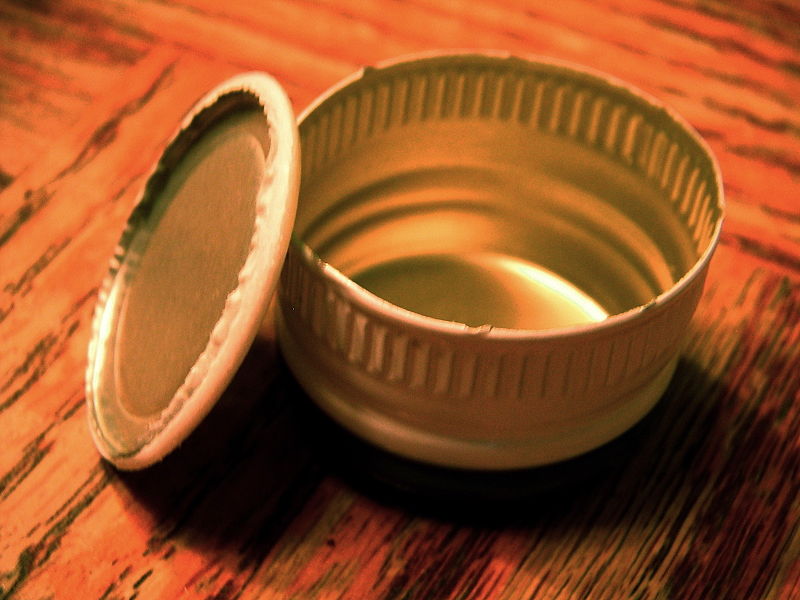Wine enthusiasts have strong opinions about corks and screw caps. Devotees of cork argue vigorously that wines age better under cork, are less prone to reduction, and that the act of cork-pulling is a vital part of the wine drinking experience. Screw cap supporters complain vehemently about TCA (aka cork taint), are happy about lower rates of oxidation, and think pulling corks is an anachronistic pain in the neck.
There are merits to arguments from both sides. But, in my years of teaching consumers and the trade about wine, I’ve discovered many people have misconceptions about how both types of closures work, what actually causes some wine faults commonly attributed to closures, and how these closures affect the aging profile of wines.
This article doesn't favor one closure over another. But it explains nine things you should know about corks, screw caps and aging wine. They may change your views on closures and, possibly, the way you store wines for aging.

1. Oxygen is not beneficial to wine aging
I’ve heard many people say wines aged under cork age better, because corks allow oxygen in. This is incorrect for a couple of reasons. Most importantly, oxygen is the enemy of good wine aging. Over time, oxygen turns both red and white wines brown. Oxygen dulls fruit flavors and changes them from fresh to bruised or stewed. Oxidized wines can become inappropriately nutty. Oxygen can also exacerbate faults.
The goal of aging wines is to increase complexity and, in some cases, develop a smoother, more supple palate. These changes do not require oxygen. The best results come when aging is very slow. Oxygen short-circuits this development by shortening the life of the wine.
Decanting can be beneficial to wines you will drink shortly. But decanting is a brief process intended to volatize esters, allow unpleasant gases to blow off, evaporate alcohol, and soften tannins. Brief decanting does not cause significant oxidation. (Compare wine that has decanted for two hours to a half bottle of wine that has sat on the kitchen counter for a week or two. The latter will be notably oxidized) The more rich in tannin, acidity and color compounds, the longer a wine can be decanted without becoming oxidized.
2. Sound wine corks don’t allow outside oxygen into bottles
If air does get in, it’s because the seal is faulty. The cork has dried and shrunk or has a hole in it. A dented screw cap may also let air in because it's no longer providing a good seal.
Plastic corks, both solid ones and those with foam cores, are porous. They always allow air into bottles at steady rate (which will depend on the particular material). Therefore, plastic corks are not appropriate for wines intended to age. Drink wines closed with plastic within six months of purchase, preferably sooner.
3. Mold on top of corks does not get into the wine
Moldy corks look unattractive. That mold doesn’t get into the bottle though. If you have a bottle with a moldy cork, clean the top of the cork and the lip of the bottle before opening it. That ensures the wine won’t get contaminated as you pour.
4. Corks do put oxygen into wine bottles
Gases don’t pass through the cork into the bottle. But the cells of the cork itself contain oxygen. When a cork is compressed and inserted into a bottle’s neck, oxygen is squeezed out of the cells and into the bottle.
Most of this oxygen is released within the first couple of days. During the first year year after bottling, about 2.5mg of oxygen will be introduced. From that point on, as long as the cork is sound, little to no additional oxygen will come out of the cork.
Technical corks, such as DIAM, are made by agglomerating ground cork. They introduce much less oxygen than regular corks, but still more than screw caps.

5. Modern screw caps do allow some gases to leave the bottle
Some people are concerned about reduction in wine bottled under screw cap. Reduction comes from an extreme lack of oxygen or the inability of gases to leave the bottle. It can result in aromas of sulfur, related faults, or the accumulation of other unpleasant aromas in the ullage.
Today’s screw caps actually do allow these gases to escape to some extent. The caps have synthetic liners that are slightly porous. Wineries can order caps which have the specific degree of porosity the winery prefers.
More important to this reduction may be the fact that screw caps don’t introduce any oxygen at all. The small amount of oxygen corks emit can bond with, and neutralize, some free sulfur in the bottle. Wineries using screw caps can guard against reduction to some extent by using less sulfur and by not using any within a couple months of the bottling date.
6. Not all TCA is introduced by the cork production process
TCA is pernicious and found in many places. It exists in the cork bark itself, before it is ever harvested. And it’s found on many surfaces, especially plastic. It can even be in the air.
The cork industry is trying, and investing a lot of money, to eliminate TCA completely from the production process. Technical cork producers, and high-end natural corks, have almost achieved that. And, of course, screw caps and glass stoppers are are very rarely affected.
But, even when a closure is TCA-free at the time of bottling, a bottle may still get infected. The less porous the closure, the less likely this is to happen. Screw caps are the best in this respect, plastic closures the worst. Corks are somewhat less porous than the synthetic gaskets on glass stoppers.

7. Storing wine bottles upside down isn’t a good idea
Some people store bottles upside down, thinking that will prevent corks from drying out and/or reduce oxygen intake. But doing this doesn’t affect the amount of oxygen the corks emit. And having all the wine pressing down on the cork can actually cause the seal to fail sooner than it would otherwise. Storing screw cap bottles upside down isn’t good either, because it can dent the caps and break the seal.
8. Under ideal conditions, storing bottles upright is actually okay
Storing wine upright can cause the cork to dry out. That leads to a bad seal and, eventually, oxidation. However, if storage temperature and humidity are excellent, the cork won’t dry out. Humidity should be 60-80% and the temperature 50-59°F.
Don't store wine in your kitchen refrigerator for a long time. They are too cold and tend to have low humidity. Corks can dry out very quickly in the fridge.
9. Storing bottles upright won’t prevent TCA in a cork from affecting the wine
TCA can move through air and also the wine vapors in a bottle's ullage. So, even if the wine is not in direct contact with a cork, TCA from an infected cork can still get into the wine. In addition to which, the wine will likely have been in contact with the cork at times during shipment.
JJ Buckley has a wide variety of wines that age very well, gaining character and complexity. Here are a few.
Leeuwin Estate Riesling Art Series. Margaret River, Australia
d'Arenberg The Dead Arm Shiraz, Barossa Valley, Australia
Dunn Cabernet Sauvignon Howell Mountain, Napa Valley
Guigal Cote Rotie La Turque, France
Markus Molitor Erdener Treppchen Riesling Auslese Gold Capsule, Mosel, Germany
JJ Buckley guest blogger Fred Swan is a San Francisco-based wine writer, educator, and authority on California wines and wineries. His writing appears in The Tasting Panel, SOMM Journal, GuildSomm.com, Daily.SevenFifty.com, PlanetGrape.com, and his own site, FredSwan.Wine (formerly NorCalWine). He teaches at the San Francisco Wine School. Fred’s certifications include WSET Diploma, Certified Sommelier, California Wine Appellation Specialist, Certified Specialist of Wine, French Wine Scholar, Italian Wine Professional, Napa Valley Wine Educator and Level 3 WSET Educator. He's twice been awarded a fellowship by the Symposium for Professional Wine Writers.